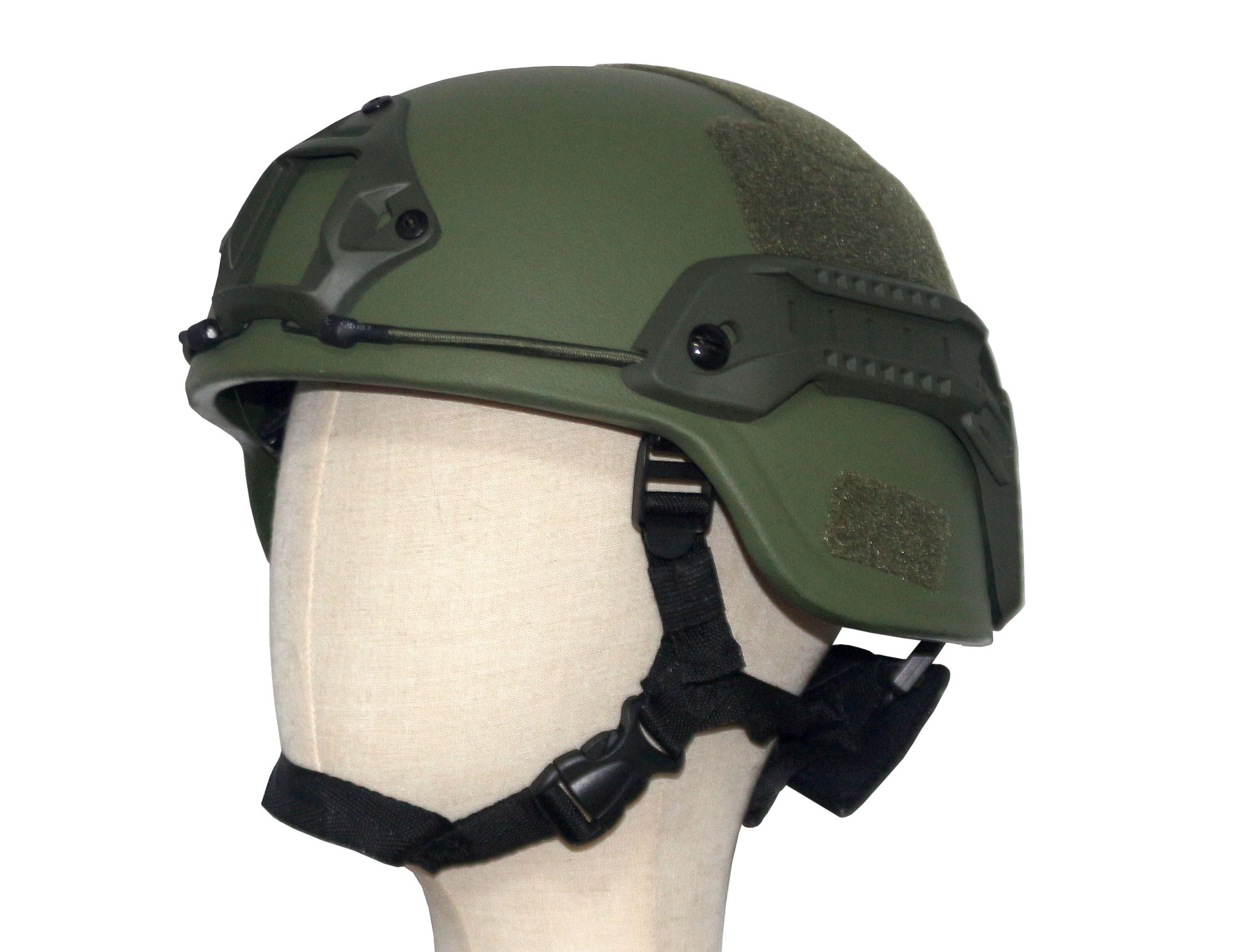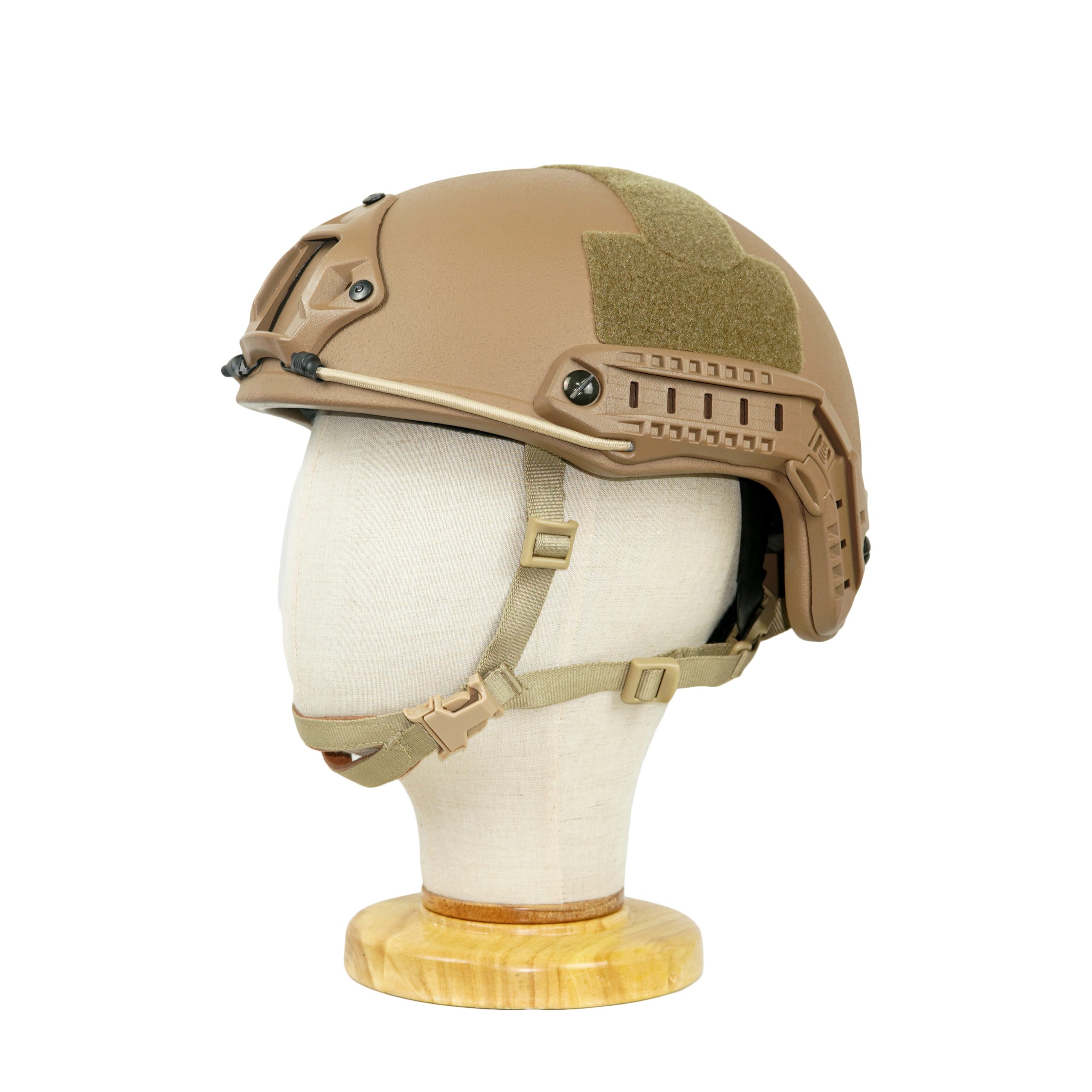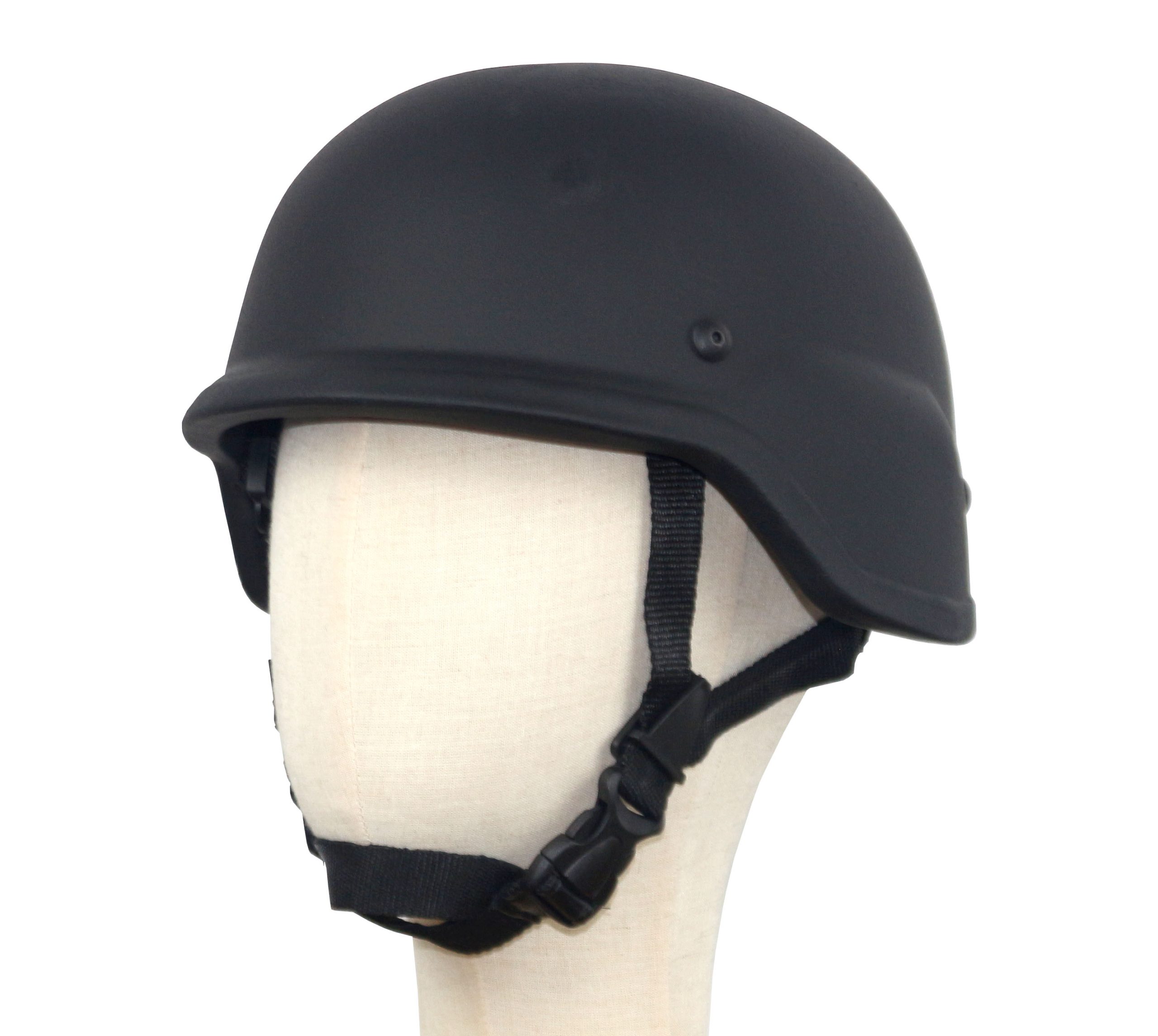History of Military Helmets
The evolution of military helmets reflects the changing nature of warfare and advancements in technology. Early helmets, dating back to ancient civilizations, were crafted from materials like bronze and iron. These early designs prioritized protection against swords, arrows, and other melee weapons.
During the Middle Ages, knights wore steel helmets, often featuring cheek and neck guards to protect the head, face, and neck. These helmets offered better defense but still lacked comfort and mobility. As firearms became more prevalent in the 16th and 17th centuries, traditional helmets became less effective, as they could not withstand the impact of bullets.
The modern era of military helmets began during World War I. Soldiers faced new threats, such as shrapnel from artillery shells. To address this, armies introduced thinner, hardened steel helmets like the British Brodie helmet and the German Stahlhelm.
By World War II, helmet designs improved further. You would notice lighter materials, better fit, and enhanced protection. The introduction of Kevlar in the late 20th century revolutionized helmet construction. Today’s military helmets combine advanced materials, ergonomic designs, and cutting-edge technology to protect soldiers from modern threats.

Morden Military Helmets
Materials Used in Military Helmets
Modern tactical helmets rely on advanced materials to provide optimal protection while maintaining comfort and mobility. Manufacturers use lightweight yet durable materials like Kevlar, ultra-high-molecular-weight polyethylene (UHMWPE), and composite fibers.
These materials enhance the helmet’s ballistic resistance without adding unnecessary weight. Kevlar, for instance, is known for its ability to absorb and disperse energy from impacts, making it a staple in ballistic helmets. UHMWPE, on the other hand, offers even greater strength-to-weight ratios, ensuring superior protection against high-velocity threats.
Military Helmets Types
1. PASGT Helmet
The Personnel Armor System for Ground Troops helmet was widely used from the 1980s to early 2000s. Made of layered Kevlar, it offers NIJ Level IIIA protection. Though affordable and durable, it is heavier and lacks modern accessory compatibility.
2. MICH / ACH Helmet
The Modular Integrated Communications Helmet and Advanced Combat Helmet improve on PASGT with lighter weight, better padding, and low-profile sides to fit headsets. ACH includes an upgraded front shape for better visibility and night vision mounting.
3. FAST Helmet
The Future Assault Shell Technology helmet features a high-cut design, exposing the ears for headset use. It’s lightweight, offers Level IIIA protection, and includes rails for tactical gear. It’s preferred by special forces for mobility and customization.
NIJ Standard
The National Institute of Justice (NIJ) sets the benchmark for ballistic protection in helmets. The NIJ standard categorizes helmets based on their ability to withstand specific ballistic threats. For example, Level IIIA helmets can stop handgun rounds, while higher levels offer protection against rifle rounds. When selecting a tactical helmet, you should always check its NIJ rating to ensure it meets your operational needs.
Bulletproof VS Ballistic
What Does ‘Bulletproof’ Really Mean
The term “bulletproof” often creates misconceptions about the level of protection offered by tactical helmets. When yfou hear “bulletproof,” you might imagine complete immunity to all types of bullets, regardless of their caliber, velocity, or angle of impact. In reality, no material can guarantee absolute protection against every ballistic threat. Even the most advanced military helmets have limitations.
“Bulletproof” refers to the ability of an object to resist penetration from specific types of bullets under controlled conditions. For example, a helmet rated as bulletproof against handgun rounds may fail against rifle rounds due to their higher velocity and energy. The term oversimplifies the complex science behind ballistic resistance, which involves factors like material composition, thickness, and the dynamics of impact.
Why Military Helmets Are Ballistic-Resistant, Not Bulletproof
Military helmets are designed to provide ballistic resistance rather than being entirely bulletproof. This distinction is crucial for understanding their role in combat scenarios. Ballistic helmets aim to protect you from shrapnel, debris, and certain types of bullets, but their effectiveness depends on the nature of the threat.
The materials used in modern tactical helmets, such as Kevlar and UHMWPE, excel at absorbing and dispersing energy from impacts. These materials can stop handgun rounds and fragments from explosions, but they struggle against high-velocity rifle rounds or armor-piercing bullets. The design of ballistic helmets prioritizes a balance between protection, weight, and mobility, ensuring you can perform effectively in the field.
Another factor is the angle of impact. A bullet striking the helmet at an angle may deflect, reducing its penetration power. However, a direct hit at close range can overwhelm the helmet’s ballistic resistance. Environmental conditions, such as extreme temperatures, can also affect the helmet’s performance.

Factors Affecting Military Helmets’ Ballistic Protection
Types of Bullets and Their Impact on Helmets
Different bullets affect tactical helmets in unique ways. Handgun rounds, such as 9mm or .45 ACP, typically have lower velocities and energy levels. Ballistic helmets designed for Level IIIA protection can stop these rounds effectively. Rifle rounds, like 5.56mm or 7.62mm, pose a greater challenge due to their higher velocity and penetrating power. These rounds often exceed the ballistic protection capabilities of standard helmets.
Armor-piercing bullets represent an even greater threat. Their hardened cores are engineered to penetrate protective materials, making them difficult to stop. Fragmentation from explosions, such as shrapnel, also impacts helmets differently. While military helmets excel at deflecting fragments, their performance against direct bullet strikes varies based on the bullet type.
The Role of Velocity and Angle of Impact
The velocity of a bullet significantly influences its ability to penetrate ballistic helmets. High-velocity rounds carry more energy, increasing their likelihood of breaching the helmet’s protective layers. Lower-velocity rounds, on the other hand, are easier to stop.
The angle of impact also plays a crucial role. A bullet striking the helmet at an angle may deflect, reducing its penetration power. Direct hits, especially at close range, concentrate energy on a smaller area, making them harder to resist.
Environmental and Situational Factors
Environmental conditions can affect the performance of tactical helmets. Extreme temperatures, whether hot or cold, may alter the properties of materials like Kevlar or UHMWPE. Prolonged exposure to moisture can weaken the helmet’s structural integrity.
Situational factors, such as the proximity to the threat or the presence of multiple impacts, also influence ballistic protection. Helmets are tested under controlled conditions, but real-world scenarios often present unpredictable challenges.

Conclsusion: Are Military Helmets Bulletproof
Military helmets are not fully bulletproof, but they provide essential ballistic protection on the battlefield. They are designed to protect soldiers mainly from handgun bullets, flying debris, and explosive fragments, which are the most common threats on the battlefield.
Modern combat helmets use advanced materials like Kevlar and ultra-high-molecular-weight polyethylene (UHMWPE). These materials cannot reliably stop high-velocity rifle rounds such as 5.56mm or 7.62mm bullets. Although newer helmets provide better ballistic resistance, comfort, and modularity, no helmet guarantees complete protection against all types of bullets.
Therefore, military helmets are a crucial part of soldier personal protective equipment (PPE). The primary purpose is to reduce head injuries caused by explosions and shrapnel, rather than to act as full bulletproof armor.
BUY BALLISTIC MILITARY HELMETS HERE
